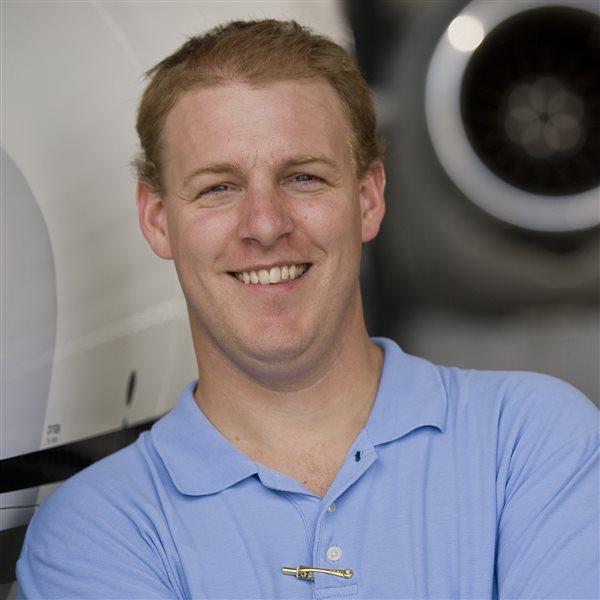Right Seat: Power Move
Aircraft engine technology takes a step forward
I present the airplane engine. Most are air-cooled, direct-drive, normally aspirated hunks of cast aluminum. They are powered by two spark plugs per cylinder, which are charged by magnetos. Try finding one of those around your garage.
Clearly our engines must be designed for priorities beyond raw power. That’s why we use these older, redundant systems, right? They must be reliable, run at a continuous rpm for extended periods, and be able to withstand a variety of temperatures. Compare that to car engines, which must be reliable, run for extended periods, and be able to withstand a variety of temperatures. And don’t forget fuel-efficient.
No, the reasons we continue to suffer with outdated technology are economies of scale and certification. The largest piston engine manufacturers sell a fraction of the engines of even the smaller boutique carmakers. Airplane engine manufacturers also must go through FAA certification, a multimillion-dollar process with no defined completion and no definitive outcome. The cost to certify, and keep that certification, is baked into each engine we buy.
Thankfully, things are starting to change. Electric power looks promising, especially for the flight training environment. Pipistrel produces an electric airplane capable of flying for an hour, complete with quick-change batteries that can be swapped between lessons. A few companies are on the cusp of cracking solar-electric power for aircraft, and diesel engines are making inroads.
It may be odd to think of diesel as a new technology, but we’ll take what we can get. In all seriousness, the application of diesel incorporates many advances that smart people in aviation have been talking about for decades. The diesel engines on the market today are automobile engines at their core. Manufacturers add aviation-specific accessories, such as a gearbox to bring the propeller to the correct rpm. We’re left with an electronically controlled, water-cooled engine. How novel!
While this benefits all pilots, students will notice major changes. Remember the first lesson when you had to learn how to use a mixture control, prime the engine (that’s so 1970s), and then cut it off by starving it of fuel? And forget about hot starts, which are a nightmare. Electronically controlled engines take away all those variables and leave us with a simple system—one lever that controls power, mixture, and the propeller; a key that starts and shuts off the engine; and a button to get us through the run-up procedure. AOPA Senior Editor Al Marsh takes us through that and other aspects of diesel in his report on the Piper Archer DX, which begins on page 32.
Yes, the technology that’s been in your car for decades is finally making its way to your airplane. Self-parking airplanes can’t be far behind.
Email Editor Ian J. Twombly at [email protected]; Twitter: ijtwombly; and visit Flight Training on Facebook.



